Neuro-Topology is a new and exciting branch of applied algebraic topology which aims to investigate questions and data arising in neuroscience by topological means.
The Aberdeen Neuro-Topology Research Group is a part of the Institute of Mathematics at the University of Aberdeen. The group was established by Ran Levi in 2017 and is funded by an EPSRC grant – Topological Analysis of Neural Systems, and a collaboration agreement with the Blue Brain Project in EPFL, Switzerland.
In our research we aim to use any applicable tool in the arsenal of algebraic topology, geometry, algebra and combinatorics to gain information about natural and artificial neural networks, as well as analyse data that arises in neuroscience by topological means.
- People
-
Ran Levi
Head of group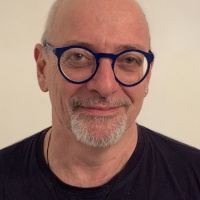
Research Associates Matthew Burfitt
Interests and Specialisation: Background in algebraic topology and unstable homotopy theory. Currently interested in applications of topology to data analysis and machine learning. In particular topological data analysis and applications to the geometry and topology to artificial neural networks, neuroscience and brain data. A major part of my current work is collaborating on the PUFFINS study to develop method for analysing data coming from fast field cycling MRI.
Luigi Caputi
Interest and specialisation: background in Algebraic Topology and Coarse Geometry. In particular, coarse and cyclic homology theories, stable homology, algebraic K-theory and trace maps. Currently interested in applications of (persistent) homology, homotopy and category theory to graphs and complex systems, more specifically to neuroscience and brain dynamics.
Henri Riihimäki
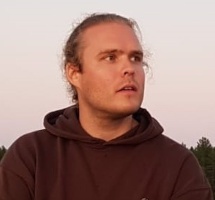
Honorary Research Associates Dejan Govc
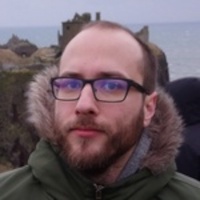
Jason Smith
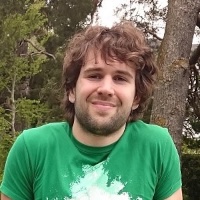
Jānis Lazovskis

Postgraduate Students Pedro Rodrigues
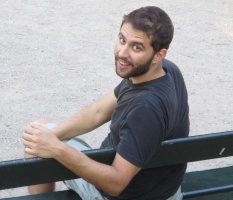
- Papers and Talks
- Software
-
Software created in the group
flagser: Computing the homology of directed flag complexes.
- Created by: Daniel Lütgehetmann, Jason P Smith
- github repository and technical description
- Flagser Live: An online implementation of Flagser (by Jason Smith)
flagser count: A program for counting directed cliques in directed graphs, adapted from Flagser
- Created by: Jason P Smith
- github repository
tournser: Computing the persistent homology of tournaplexes
- Created by: Jason P Smith
- github repository
deltser: Computing the homology of delta complexes (semi-simplicial sets)
- Created by: Jason P Smith
- gihub repository
easy-mapper: A user-focused Python implementation of the mapper algorithm.
- Created by: Jānis Lazovskis
- github repository
- Links
